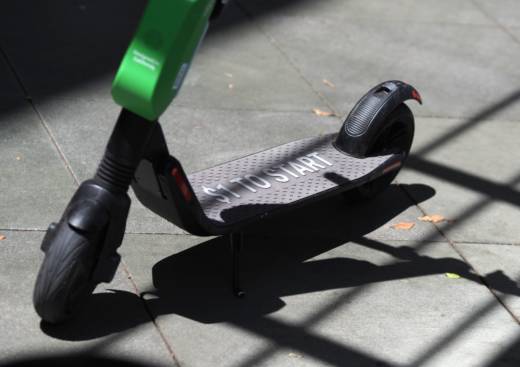Last month, the city’s Board of Supervisors unanimously voted to approve the legislation, which Supervisor Peskin introduced last November in an attempt to curb the number of such incidents.
Since then, between 2020 and 2023, the San Francisco Fire Department has recorded 65 incidents related to rechargeable batteries. In addition, these numbers have steadily increased every year since 2017 — another reason why Peskin introduced the legislation. He said that at least one person had already died in San Francisco from one of these incidents. In New York, a journalist died in February when a fire sparked by one of these batteries.
“Unfortunately, lithium-ion batteries, which are subject to … very hot, fast-moving fires, have increased in number exponentially over the last several years, not only in San Francisco but around the country,” Peskin said. “The federal government is not regulating the inflow of inferior, poorly made devices that have been exploding and bursting into flames. So now that happens, it looks like, every week in San Francisco, and with our dense, mostly wooden-framed building environment, it poses serious risks to the lives and homes of San Franciscans.”

